Peter Vangheluwe
Lead PI (Core Leadership)
KU Leuven
Peter Vangheluwe is an Associate Professor in the Department of Cellular and Molecular Medicine at KU Leuven in Belgium, and is head of the Laboratory of Cellular Transport Systems. Using biochemical and molecular cell biology approaches, he characterizes new P-type transport ATPases that regulate polyamine homeostasis and lipid distribution in the cell. He discovered that ATP13A2/PARK9 works as a lysosomal polyamine transporter, and that ATP10B operates as a lysosomal glucosylceramide exporter. He published >60 peer-reviewed publications and received two awards by the Queen Elisabeth Foundation for Neurosciences in Belgium.
Recent ASAP Preprints & Published Papers
Loss of the lysosomal lipid flippase ATP10B leads to progressive dopaminergic neurodegeneration and Parkinsonian motor deficits
Kufor-Rakeb Syndrome-Associated Psychosis: A Novel Loss-of-Function ATP13A2 Variant and Response to Treatment






